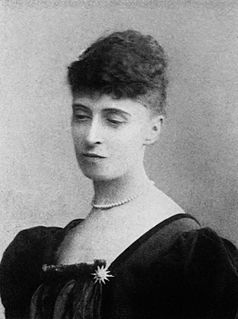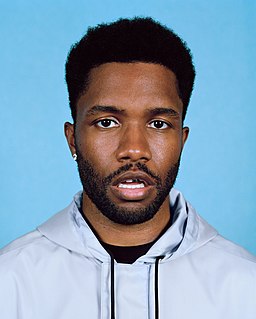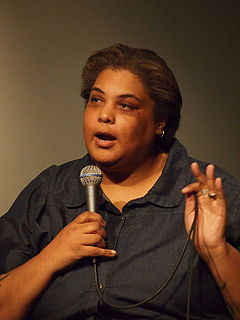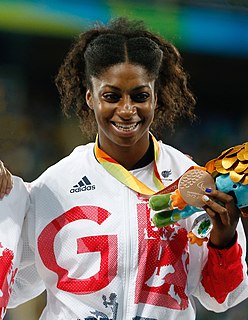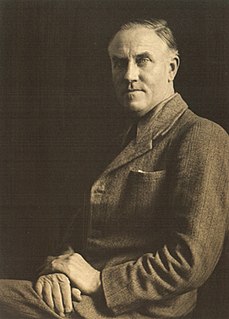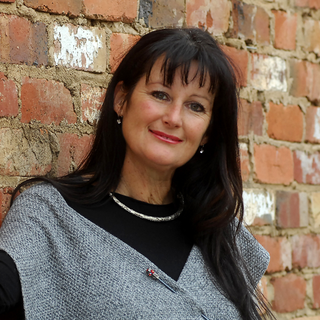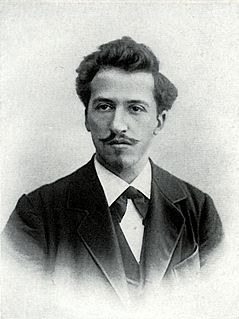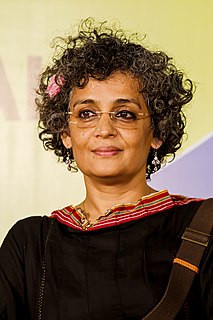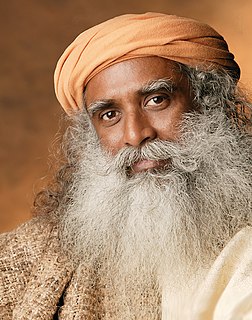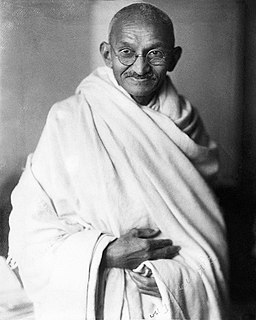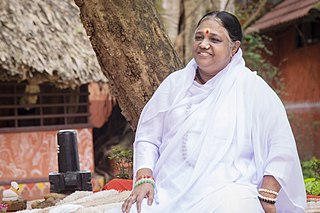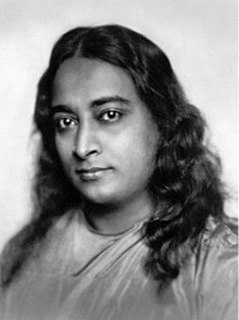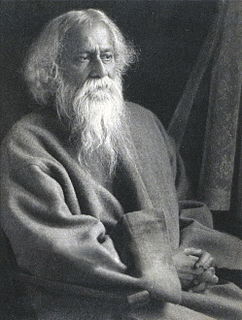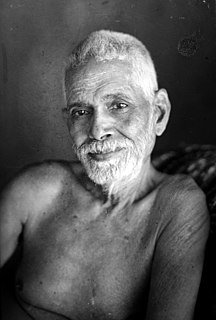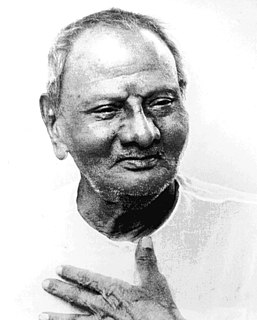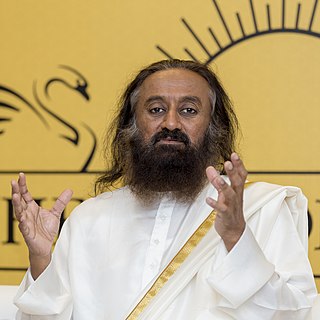A Quote by Rohit Saraf
For me, pink or lilac is the colour of innocence, it's the colour of love, it's the colour of everything happy.
Related Quotes
There is an infinity of landscape here, caused by the purity of the atmosphere. It has been said that there is a lack of colour. It is not so obvious as the greenness of England, but it is infinitely more varied and more delicate in tone. The landscape is a pinky mauve, a lilac, and the reflection of the sun of the particles of the atmosphere is a warm amber. So I should say our colour scheme is amber and lilac.
The prejudice many photographers have against colour photography comes from not thinking of colour as form. You can say things with colour that can't be said in black and white... Those who say that colour will eventually replace black and white are talking nonsense. The two do not compete with each other. They are different means to different ends.

